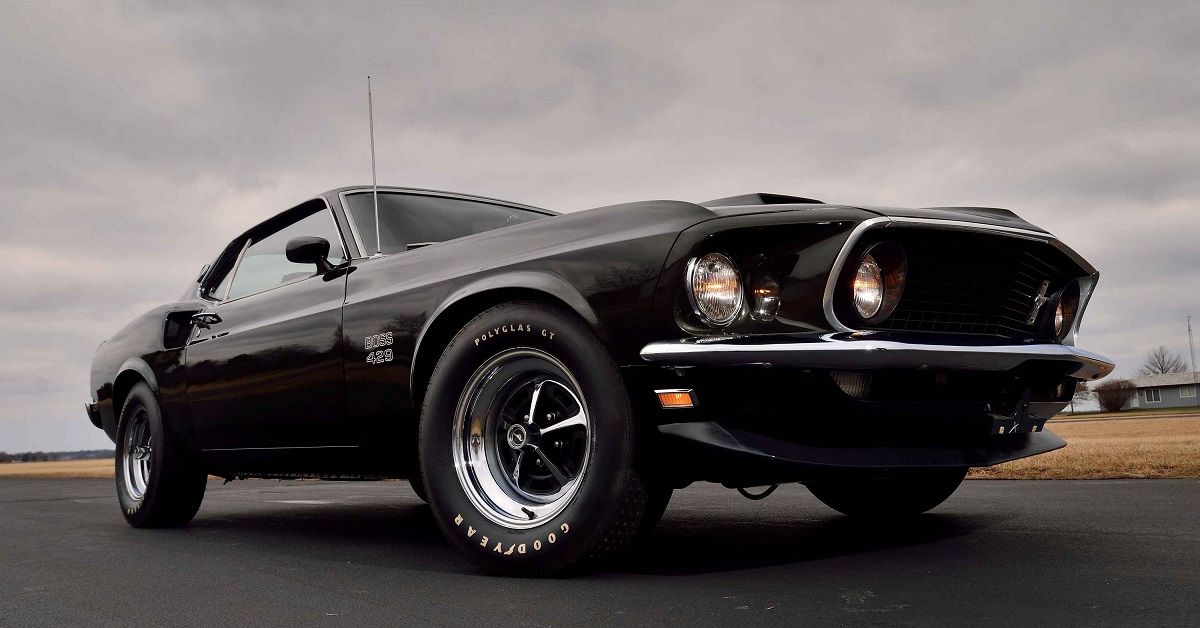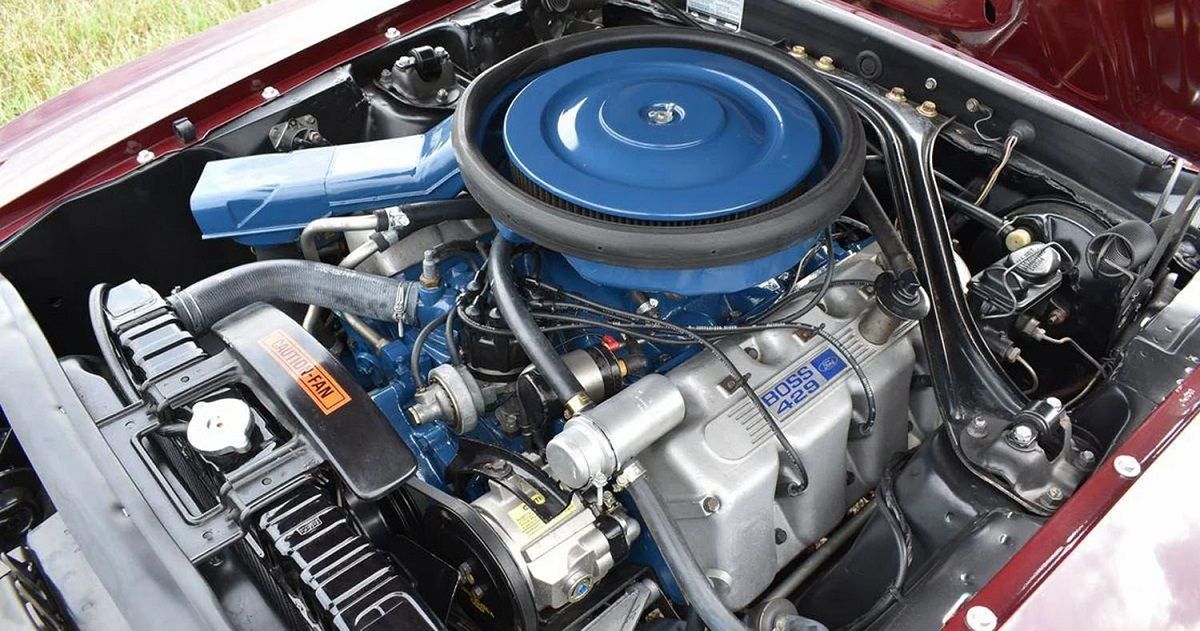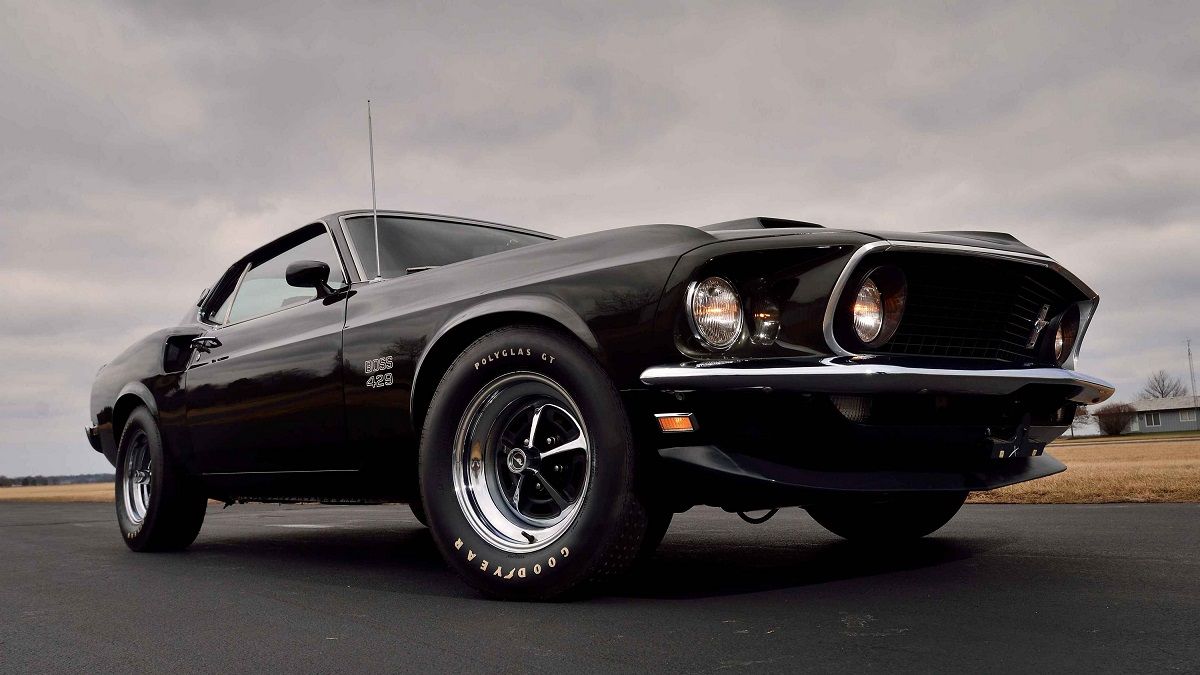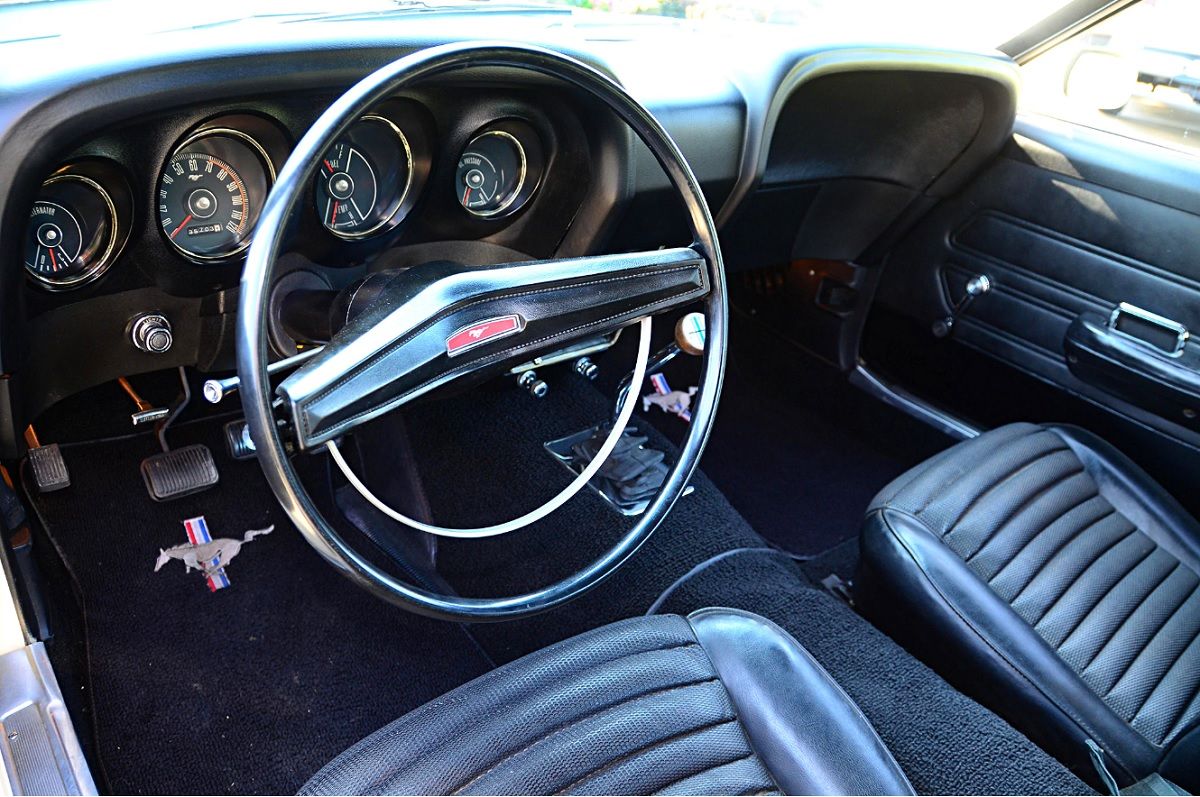The Mustang Boss 429 is one of the most valued and sought after muscle cars. In total, 1359 units were made. The car was born of Ford's need to qualify its new engine for NASCAR. The company never intended to create a legend; instead, it had to homologate the 429 semi-hemispherical power unit.
Ford wanted an engine that would compete with Chrysler's 426 Hemi in Grand National Division, now known as the Monster Energy Cup Series. According to homologation rules, a company must make at least 500 cars and sell them to the general public. Ford decided that the Mustang would be the car to get the new engine.
During that time, Ford had already invested in the Boss 302 and a Trans-Am car for the SCCA Trans-Am series. To make the production of a new car cheaper, Ford used the Cobra Jet Mustang as a base and commissioned Kar Kraft to make modifications. Production began in 1968 at Kar Kraft's new assembly plant.
Here's why the 1969 Mustang Boss 429 was a hidden gem.
It Had A Massive Engine
The entire purpose of building the Boss 429 was the engine. It was based on the Ford 385 but had new steel connecting rods and a forged steel crankshaft. A 735 CFM Holley four-barrel carburetor and an intake manifold were standard. The engine used dry-deck cylinder heads and o-rings to seal off the coolant and oil passages. For the 1969 model year, Ford used unique hydraulic lifters. Thank to smart modifications, the Boss 429 could get to 60 mph in 7.1 seconds and 100 mph in 13.6 seconds.
In 1969, power output was rated at 375 hp and 450 lb. ft. of torque. According to rumors, the real numbers were higher but they were doctored down to lower consumer insurance costs. The engine could hold at 9,000 rpm for a long period of time without fail. Still, it was limited to 6,200 rpm for insurance purposes. Unrestricted cars could get to 175 mph.
The engine was huge, and numerous modifications had to be made to fit it in the engine bay. Engineers extended the inner fenders, moved the battery to the truck, and modified suspension mounts to create more room for the power unit and exhaust manifolds.
Once the engine was fitted into the front end, the car became heavy. This forced engineers to install a huge sway bar to the rear. Power was sent to the rear wheels through a limited slip differential. Surprisingly, the Boss 429 handled much better than other Mustangs of that time.
Its Exterior Design Had Character
Because the engine bay had to be heavily modified, the Boss 429 had a different exterior design than other Mustangs. The grille was surrounded by a chrome ring with two sealed-beam headlights. The front bumper was thin and wrapped the front end. A front spoiler kept the front wheels glued to the ground. The car was much wider than other Mustangs, and most parts were actually functional, including the hood scoop. Body lines added more character to the design.
In the rear, the Boss 429 was a bit taller than other Mustangs and slanted inward. The taillights were made up of three separate blocks. MUSTANG lettering could be found across the rear deck lid. Each corner of the rear end was occupied by reverse lights. It had small side-view mirrors and a signature emblem on the front fender. To the side, two sharp body lines run from the front to the air vent.
The Mustang Boss 429 sat lower than its siblings and was heavier up front. In 1969, the car was available in five shades. On 1969 models, the hood scoop was painted the same color as the body. In 1970, the scoop was available only in black color.
Inside, It Was Simplistic But Elegant
Just like other Mustangs, the interior design was simplistic, but surprisingly elegant. Customers could choose a nice wood trim with a steering wheel made from wood. There were only four gauges ahead of the driver, with the largest two being the speedometer and the tachometer. On the passenger side was another wood insert with a round clock.
A large storage compartment was hidden under the low-sitting center console. A wood insert separated the armrest from the shifter. The gauges featured chrome strips to add a bit of style. The bucket seats were wrapped in leather that matched the door's trim panels. All told, this was a great place to spend some time hitting the track.
Every now and then we can see 1969 Mustang Boss 429s cross the auction block. The value keeps increasing as time goes on, and now these cars have entered into the $500K range.




